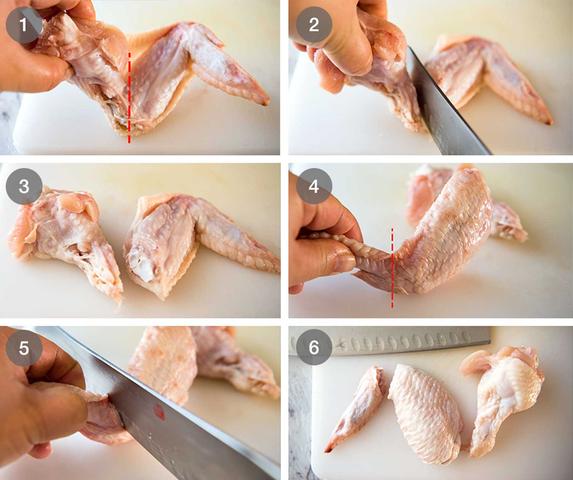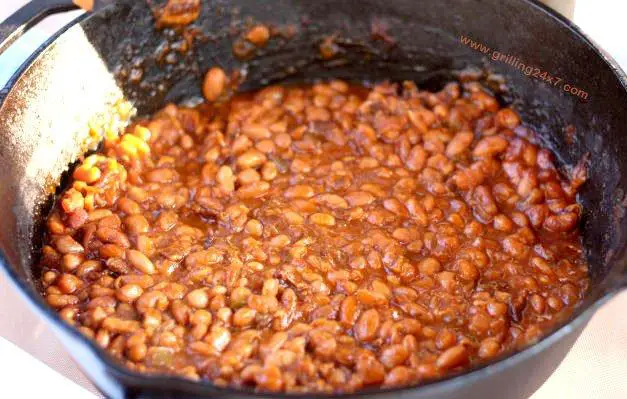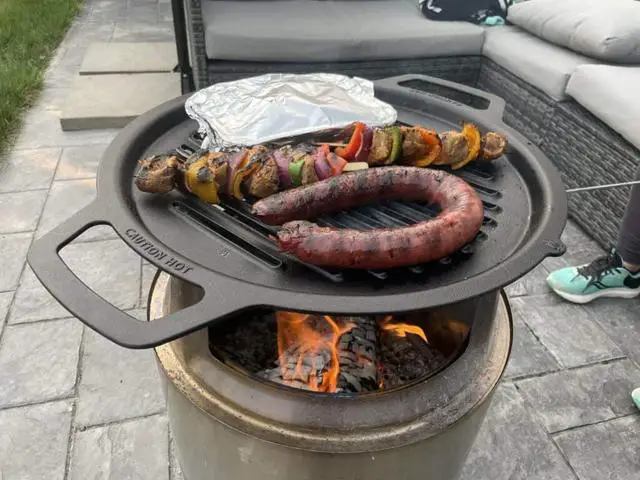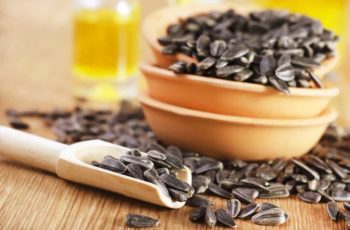
“What do capers taste like?” These tiny green buds deliver an intense burst of salty, briny flavor essential in Mediterranean cooking. While their appearance might be unassuming, capers transform dishes with their distinctive taste—combining notes of saltiness, tanginess, and subtle olive-like complexity that professional chefs and home cooks prize in their recipes.
What Are Capers?

What Are Capers? What does it taste like?
Before we explore their taste, let’s demystify what capers are. Many people mistakenly assume they’re a type of olive or berry, but capers are flower buds! They come from the Capparis spinosa (caper bush), a perennial plant native to the Mediterranean region. These buds are harvested before they can bloom, then dried and typically preserved in brine or salt.
Fun fact: The most prized capers come from Pantelleria, a small island off the coast of Sicily. While conventional wisdom often suggests that smaller capers are superior, local experts from Pantelleria argue that larger capers offer more complex flavors – though they might be slightly less firm.
What Do Capers Taste Like?

The Complex Flavor Profile of Capers?
When describing what capers taste like, it’s like trying to describe a symphony—multiple notes are playing together to create something unique. Here’s a breakdown:
- Saltiness: The most immediate and prominent taste
- Brininess: A distinctive pickled quality
- Tanginess: A sharp, acidic note
- Lemony Undertones: A subtle citrus quality
- Subtle Floral Notes: Especially in salt-packed varieties
Think of capers as nature’s salt-and-vinegar chips but with a sophisticated, culinary edge. They deliver an intense burst of flavor that’s simultaneously salty, tangy, and slightly floral.
What Do Fried Capers Taste Like?
Here’s where things get interesting. Frying capers completely transform both their texture and flavor profile. When you fry capers, something magical happens:
The Flavor Evolution:
- The saltiness becomes more concentrated
- The briny qualities mellow slightly
- A new nutty dimension emerges
- The overall flavor intensifies
The texture revolution:
- They become wonderfully crispy
- The exterior develops a satisfying crunch
- The interior maintains a slight chewiness
Fried capers are like the potato chips of the Mediterranean world—impossibly addictive and adding a wonderful textural contrast to any dish they grace.
How Caper Size Affects Taste
Capers come in different sizes, and this affects their flavor profile:
Non-pareil (up to 7mm):
- Most delicate flavor
- Firm texture
- Premium price point
Surfines (7-8mm):
- Slightly stronger taste
- Still maintain a good texture
Capucines (8-9mm):
- More pronounced flavor
- Beginning to soften
Capotes (9-11mm):
- Bolder taste
- Softer texture
Fines (11-13mm):
- Intense flavor
- Notably soft
Grusas (14+mm):
- Most robust taste
- Softest texture
Preparation Methods and Their Impact on Taste
The way capers are preserved and prepared significantly affects their flavor:
Brined Capers:
- More vinegary notes
- Prominent saltiness
- Common in Western markets
Salt-Packed Capers:
- More floral notes
- Intense but clean flavor
- Traditional preservation method
- Requires rinsing before use
Read more: What Does Papaya Taste Like?
Best Uses for Capers
Understanding capers’ unique flavor profiles helps in knowing how to use them effectively:
Classic Applications:
- Chicken Piccata
- Smoked salmon and bagels
- Pasta puttanesca
- Tapenade
- Fish dishes
- Salad dressings
Creative Uses:
- Compound butter
- Garnish for Bloody Marys
- Pizza topping
- Tartar sauce
- Potato salad enhancement
Tips for Working with Capers

Tips for Working with Capers
To make the most of their distinctive flavor:
- Start Small: Their flavor is intense – you can always add more
- Rinse if Needed: Especially if combined with other salty ingredients
- Add Late: In cooked dishes, add them toward the end to preserve their punch
- Pat Dry: Especially important before frying
- Consider the Brine: It can be used as a flavoring agent itself
Pairing Capers: What Works Best
Capers’ unique flavor profile makes them particularly suited to certain pairings:
Perfect Partners:
- Lemon and citrus
- Rich, fatty fish
- Butter-based sauces
- Fresh herbs (especially parsley)
- Olive oil
- Tomato-based dishes
Challenging Combinations:
- Very spicy foods
- Sweet dishes
- Delicate herbs
- Subtle flavors that might get overwhelmed
Making Restaurant-Quality Fried Capers
Since fried capers offer such a unique taste experience, here’s my tested method for perfect results:
- Drain and thoroughly pat dry your capers
- Heat neutral oil to 350°F (175°C)
- Carefully add capers to hot oil
- Fry for 45-90 seconds until crispy
- Remove with a slotted spoon
- Drain on paper towels
Storage Tips for Optimal Flavor
To maintain their distinctive taste:
- Keep unopened jars at room temperature
- Refrigerate after opening
- Ensure capers remain submerged in brine
- Use within 6-9 months of opening
- For salt-packed capers, keep in a cool, dry place
Health Benefits
While capers are primarily used for flavor, they do offer some nutritional benefits:
- Rich in antioxidants
- Good source of vitamins A and E
- Contains iron and calcium
- Low in calories
- However, high in sodium due to the preservation method
Conclusion
What do capers taste like? Capers are truly unique in the culinary world. Their complex flavor profile of salt, brine, and subtle floral notes makes them an invaluable ingredient in many cuisines. Whether you’re using them traditionally in Mediterranean dishes, experimenting with frying them for a crunchy garnish or discovering new applications, understanding their taste profile helps you use them more effectively in your cooking.
Remember, like many powerful ingredients, capers work best when their strong personality is balanced with complementary flavors. Start with small amounts and adjust to your taste—soon you’ll be confidently using these little flavor bombs to elevate your dishes to restaurant quality.
Learn More About Grilling
If you want to learn more about grilling, check out these other helpful resources!










